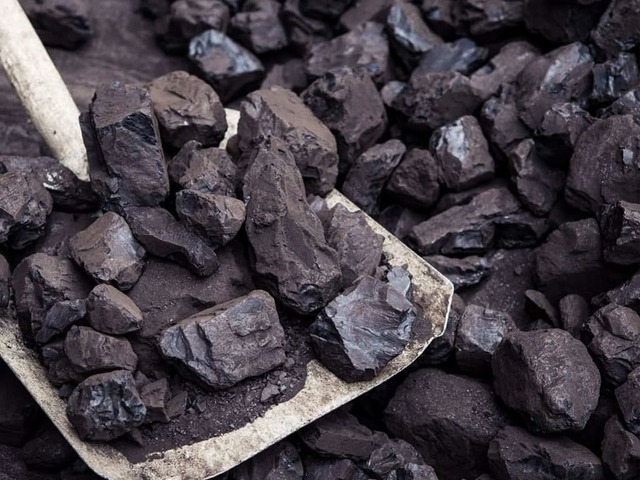India’s state-owned ports have registered a strong growth during the 11 months of the ongoing financial year due to enhanced supply of imported coal, increased coastal shipping of domestic coal, and rising crude oil imports.
Data released by the government shows that cargo growth in FY23 has been 9.4 per cent, with total volumes at 711 million tonnes (mt).
This growth has come despite slow international trade for the majority of this fiscal year, as the impact of the Russia-Ukraine war was seen across commodities.
Overseas cargo handled at major ports increased by 10.2 per cent to 546.88 mt during April-February 2022-23 from 496.45 mt during April-February 2021-22, according to data from the ministry of ports, shipping, and waterways (MoPSW).
Major ports refer to those owned by the Central government.
Coastal cargo handled at major ports increased by 7.1 per cent to 164.67 mt during FY23, from 153.70 mt during April-February, 2021-22.
So far, in this financial year, imported and other unclassified coal has seen a spike of 89 per cent during the fiscal, while domestic thermal coal volumes grew by 21 per cent. Crude oil cargo also saw a growth of 13 per cent.
Among the major drivers of coal demand is the country’s power generation sector which is again bracing for record high electricity demand in the upcoming summer months.
The Centre has also directed states to import thermal coal to meet the shortfall. Additionally, non-power sectors especially steel and manufacturing are witnessing an uptick in business which is also pushing demand for both coking and non-coking coal.
Experts believe these numbers are likely to maintain an elevated level as more coal is moved through the rail-sea-rail (RSR) route over the rail route in the coming months.
Crude oil imports have been rising ever since sanctions-hit Russia offered its oil with deep discounts. India imported about 51 million barrels of crude oil from Russia in February, 16 per cent higher than the 44 million barrels imported in January.
Meanwhile, the international trade outlook remains grim, which is likely to impact movement of finished goods.
In containers, India saw a year-on-year price dip of 50 per cent from $4,237 in March 2022 to $2,127 in March 2023. Despite growth in all segments and added handling capacity at key ports such as Jawaharlal Nehru Port (JNPT) and Deendayal Port (DPT), container cargo had a near-negligible growth in FY23.
The Centre has made coastal shipping a focus area.
Union Finance Minister Nirmala Sitharaman said in this year’s budget speech that coastal shipping will be promoted as the energy-efficient and lower-cost mode of transport, both for passengers and freight, through public-private partnership (PPP) mode with viability gap funding (VGF).
The Centre is currently working on a production-linked incentive scheme for containers to save transporters from price volatility.
“The decline in demand for freight or containerized trade is due to the absence of significant inventory destocking in the US and EU, with the uncertainty around inventory restocking and consumer spending exacerbating the situation. This signals a grim outlook for the revival of container prices in the near future,” a forecast from Germany-based logistics platform Container Xchange stated earlier this last week.
“The excess of containers and falling demand is a bad sign for the global economy, as it suggests a decrease in buying and selling by people and businesses,” it added.
Source: Hellenic Shipping News






